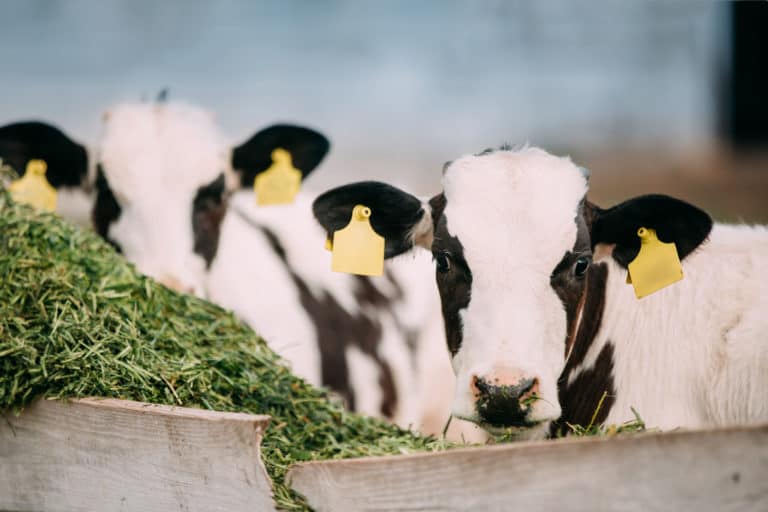In this blog I am overly excited to announce that Holm and Laue released an Ammonia Detector that works with the CalfExpert automatic calf feeder to detect ammonia levels in bedding packs of young calves. We all know high ammonia levels result in more morbidity and even more mortality rates in young calves.
Why is ammonia bad for calves? First, ammonia gas is especially harmful for a calf’s defenses in the windpipe or trachea. Tiny hair-like fingers, called cilia, line the trachea. Their job is to push foreign materials the calf has inhaled back up and out of the trachea. That way, “bad bugs” that include pathogens do not end up causing infections in the lungs. These cilia’s move in a pattern motion.
But, if bad bugs appear, the system can break down. Some viruses, especially PI3 and BRSV, destroy cilia. Even in the absence of these viruses, persistent exposure to relatively low ammonia levels weakens this defense system. This allows pathogens to enter the lower respiratory tissues.
Why is ammonia bad for calves? For the second part of the answer, we must ask, “what is the risk for respiratory infection in calves?” Two environmental factors insure near certain exposure of calves to pneumonia-causing bacteria. One factor is a calf’s exposure to her dam. Adult cows are essentially pathogen factories. When the cow licks off her calf, she does an effective job of inoculating her with many viruses, bacteria, and parasites.
The other environmental factor exposing calves to bacteria that cause pneumonia is the high concentration of cows near and in calving areas. It is rare that even neonatal calves are totally free of bacteria that cause pneumonia. These bacteria are so common we often think of them as “normal” residents of calves upper respiratory tract. For this reason, any time the ciliary transport system is weakened, calves are at high risk for bacterial respiratory illness.
How can I reduce ammonia exposure? the most effective way to reduce ammonia exposure is to not generate the gas. But, in calf housing, we may have positive conditions for producing ammonia. Urine provides both liquid and nutrients. Calves warm the soiled bedding and the bedding materials often provide a favorable pH environment.
Providing adequate ventilation is the next key to removing the ammonia related gases espcially when using bedding materials that breakdown rapidly such as, straw, bean stubble, and corn stalks.
How, then, can we slow down this manure decomposition? First, the dryer the conditions, the lower the rate of bacterial growth and ammonia release. Second, the lower the oxygen supply for the bacteria, the lower the ammonia release rate. Third, since manure (mixture of feces and urine) on the coat of a warm animal generates ammonia rapidly, the cleaner the calves, the lower the ammonia release.
All these factors add up to clean dry bedding. What is “dry?” Kneel on the bedding. If your knees get wet, it is not dry enough to slow down ammonia production. Plenty of bedding keeps conditions dry.
Strike one against ammonia! Plenty of bedding creates anaerobic (low oxygen) conditions unfavorable for bacterial growth.
Strike two! Plenty of bedding promotes clean calves.
Strike three! Ammonia-causing bacteria strike out.
So, with all this talk about ammonia I am excited to see this new device in action! Ammonia-Detect is an upgrade for the CalfExpert Automatic Calf Feeder.
-Minnie

